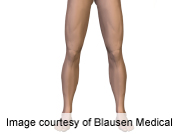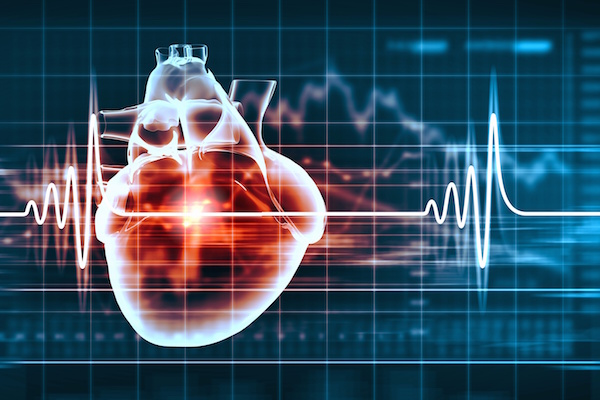
FRIDAY, July 11, 2014 (HealthDay News) — People with the lowest incomes may have a higher risk for a circulatory condition called peripheral artery disease (PAD), a new study suggests.
People with PAD have narrowing of the arteries that supply blood to the limbs, most often the legs. The condition causes leg pain and is often an indicator of narrowing of the arteries throughout the body. People with PAD have a higher risk for heart disease and stroke.
Researchers analyzed data from nearly 6,800 people with PAD who took part in the U.S. National Health and Nutrition Examination Survey from 1999 to 2004. They found that those with low incomes were significantly more likely to have the disease.
People with the lowest income levels were more than twice as likely to have PAD as those with the highest income and education levels, according to the study published online recently in the journal Circulation: Cardiovascular Quality and Outcomes.
“Our finding highlights the need to focus on education and advocacy efforts for these at-risk populations,” study co-author Dr. Reena Pande, an associate physician in the cardiovascular division at Brigham and Women’s Hospital, said in a journal news release.
“We need dedicated approaches to PAD awareness efforts, research endeavors and treatment strategies that focus on those individuals of low socioeconomic strata who may be most likely to be affected by PAD,” Pande said.
While researchers found an association between socioeconomic levels and PAD, the study did not prove cause-and-effect.
Treatments for PAD include changes in lifestyle, such as quitting smoking, eating a healthful diet and exercising regularly. Some people may need a procedure that restores blood flow to the legs.
More information
The U.S. National Library of Medicine has more about peripheral artery disease.
Copyright © 2025 HealthDay. All rights reserved.

